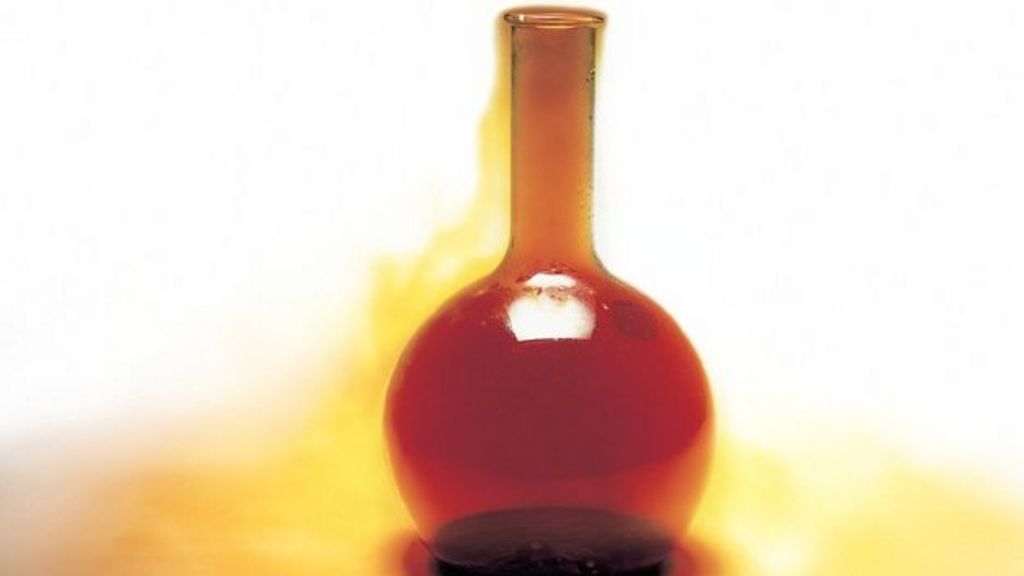...
This is a beginner's beginner guide to vacuum theory. This document assumes no technical background, uses informal language, and avoids Into to vacuum Theory aims to reach a broad audience by using brief and conversational descriptions, avoiding the use of math or and units. It aims to incrementally introduce concepts and define some of ; no science background needed. It incrementally introduces concepts and defines (some of) the language of vacuum technology, hopefully laying the groundwork for deeper learning.
This guide document starts off waaay zoomed out and oversimplified, building and builds off itself as it goes, introducing new terms along the way, and using vocab defined earlier to help define newer terms. It ends still zoomed out and oversimplified, but a bit less so. There is so much more depth behind these concepts than is acknowledged here! More technical discussion and descriptions So take note: these topics run much, much deeper than described within this document; further discussion can be found within the other pages of LCLS Vacuum Support Training, within textbooks, and most of all within your coworkers (go talk with them!).
Side note: many Most of the pictures here are linked to external material, including: videos, articles, slideshows, and product pages. Click to explore, ; though they aren't necessary, and can be tangential or well or beyond the scope of this introductory guide.
...
Hey so gasses exist. You're breathing some right now.
what What are gasses made of? molecules. Usually as a mix of different molecule types. Air is a mix of over ten types of molecules (mostly nitrogen and oxygen).
People work very hard to collect gasses that aren't mixed.
what What are those gas molecules doing? mostly just bouncing around. –off –off each other, off the walls
how How fast are they moving? fast. really fast. usually over a thousand miles per hour (you are being pelted by molecules right now).
the The speed of individual molecules depend on their temperature and mass: cold things fly slower, heavy things fly slower.
but that speed is only for individual molecules; the gas as a whole has no great speed or direction because the molecules bounce off each other randomly in every possible direction.
how How many molecules are in any given space? a lot! the room you're sitting in has about a gazillion gas molecules in it.
...
Ah but what happens when I add more molecules to the box: all ? All of those little bounces add up. That And that's pressure: the push from all the molecules. Add enough molecules and the pressure will rise so high that the box might pop!
...
In the mixed chamber the oxygen and nitrogen are still contributing the same pressures they had when they were separate. Those contributing pressures are called partial pressures. Oxygen's partial pressure in the mixed chamber is 2 units of pressure.
...
Future sections:
all vacuum chambers leak
virtual leaks
contamination
molecules sticking to walls intermittently
...

